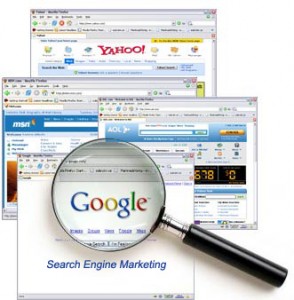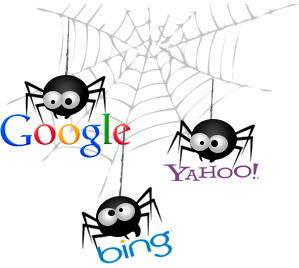SEO Tips & Tricks
While the exact algorithm behind Search Engine Optimization is unknown and often changes, there are several recommended best to help improve your sites’ rankings on search engines. Each search engine employs its own algorithm to determine site rankings, though several of the recommendations remain consistent. The following list outlines some insight into SEO best practices from search engines Google and Bing.
- Users before Search Engines
One of the most important recommendations Google offers for SEO is to build a website primarily for the users rather than the search engines. While it is important to build a search engine friendly site, the content within the site must be of value to the users, as they are who demand the content in the first place. Do not deceive your users by providing them with irrelevant content or content that differs from what is fed to the search engines.
Construct a clear, well-defined site hierarchy to structure your site. Every page that you would like users to visit should be reachable from at least one direct link provided within the site. A fluid, well-structured site hierarchy will not only offer the user a better user experience, but will help achieve search excellence throughout SERPs as well. A strong site hierarchy will create site links on SERPs, enhance site crawling and improve your site’s navigability for both search engines ad users.
- Insightful, information-filled content
Users rely on search engines to return an accurate, reliable answer to their search query. Therefore, once the search engine has done its job and matched the query with the most relevant results, it is up to the website’s content to satisfy the users’ request. It is crucial to fill your website with insightful, informative content that matches the keywords from their query. This will ensure a satisfied user and will also be impact the perceived relevance of your site’s content in reference to the query.
- Descriptive and accurate <title> tags and ALT attributes
Providing descriptive and accurate title tags and ALT attributes throughout your website will help the search engine crawlers determine the content on your site. They will also enhance the user experience by providing organization and structure to your site.
- Clean, descriptive URLS with keywords
Descriptive, human-friendly URLS are key to effective SEO. The URL for each page should inform the user of the content on the destination page. A search friendly URL includes a single domain, a shallow folder structure with relevant words, and keywords within the page, separated by hyphens. On the other hand, an un-friendly URL may include a subdomain and a string of random characters that do not reference keywords.
- Do not bury content inside rich media



